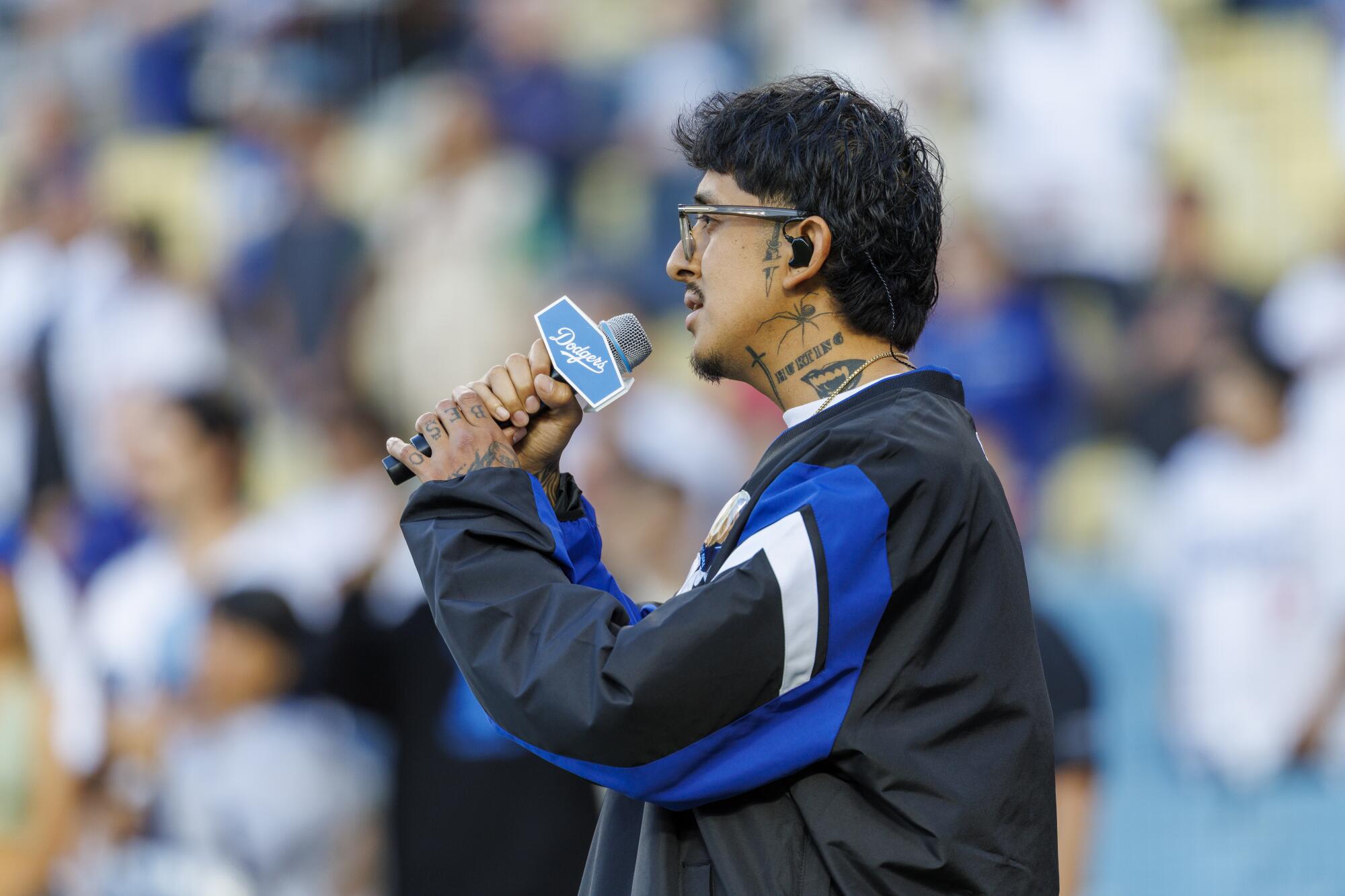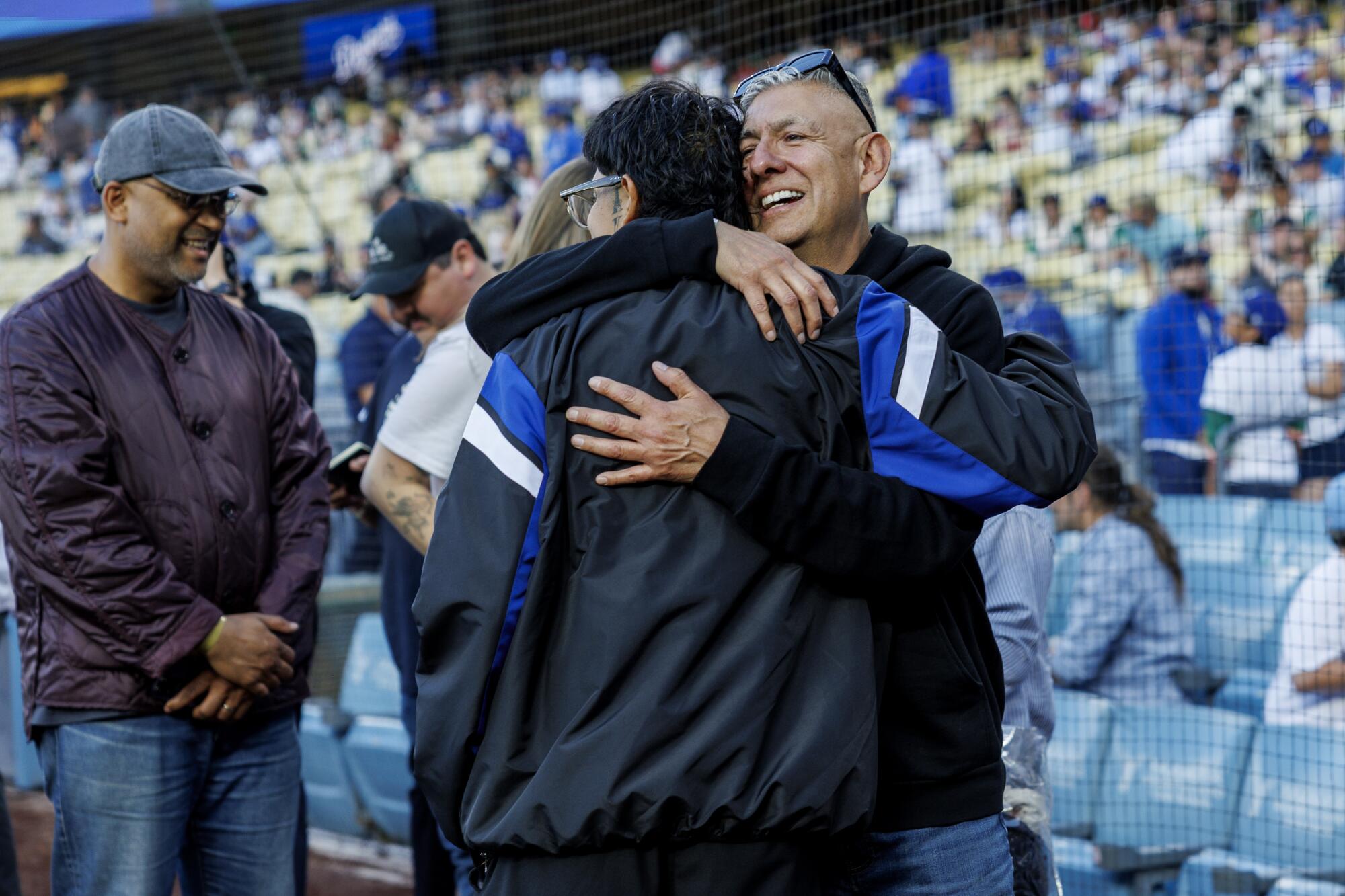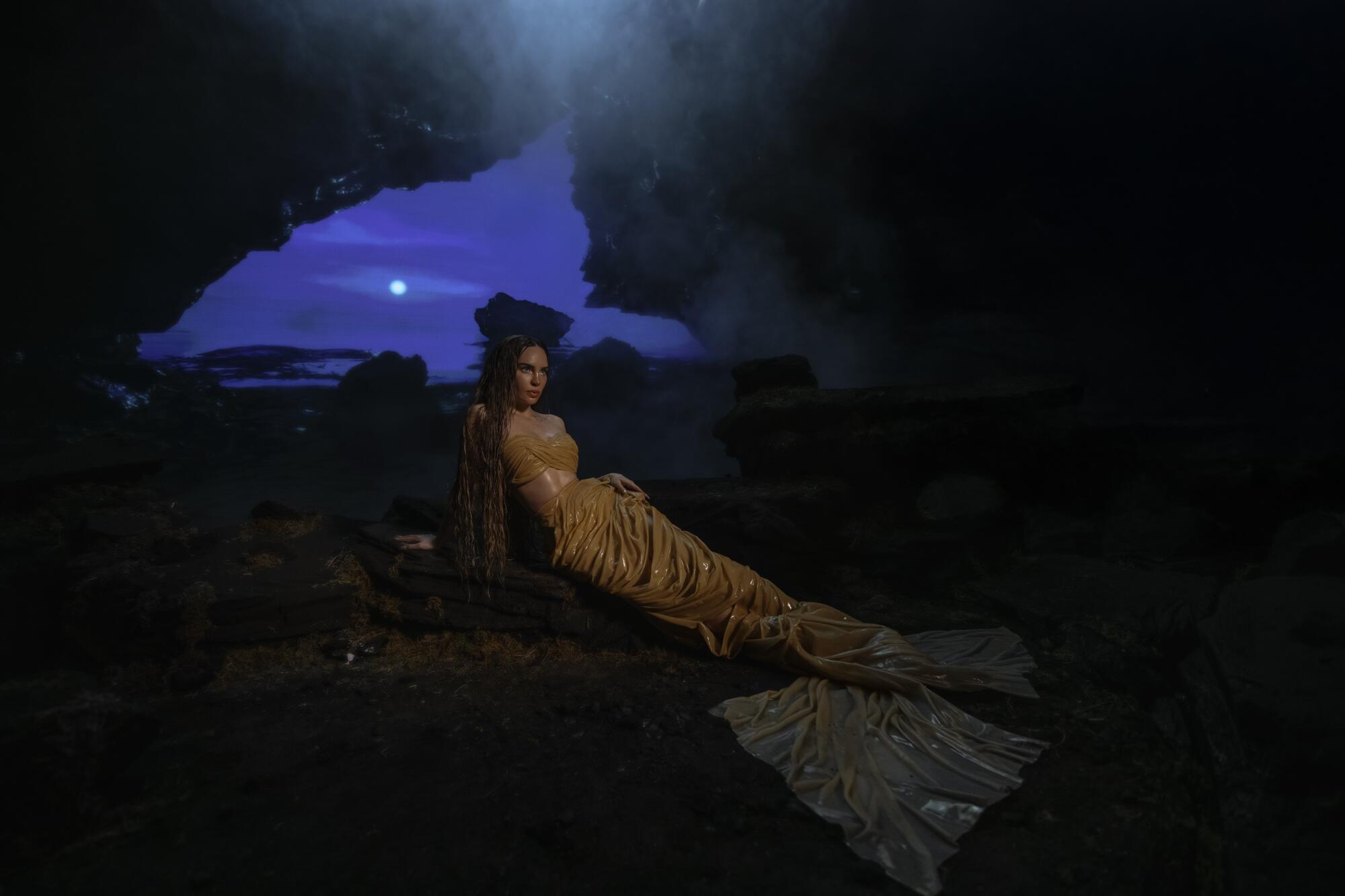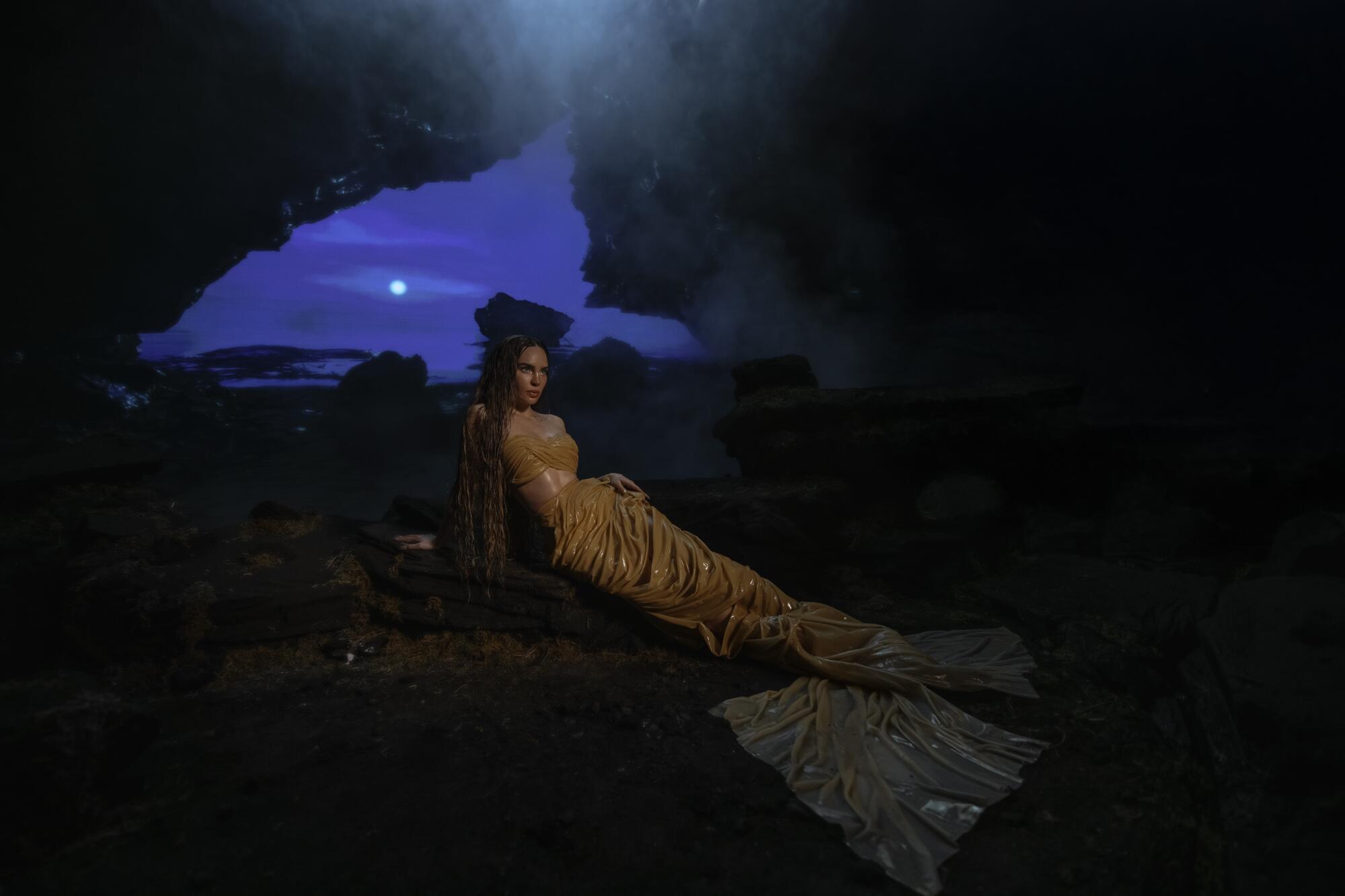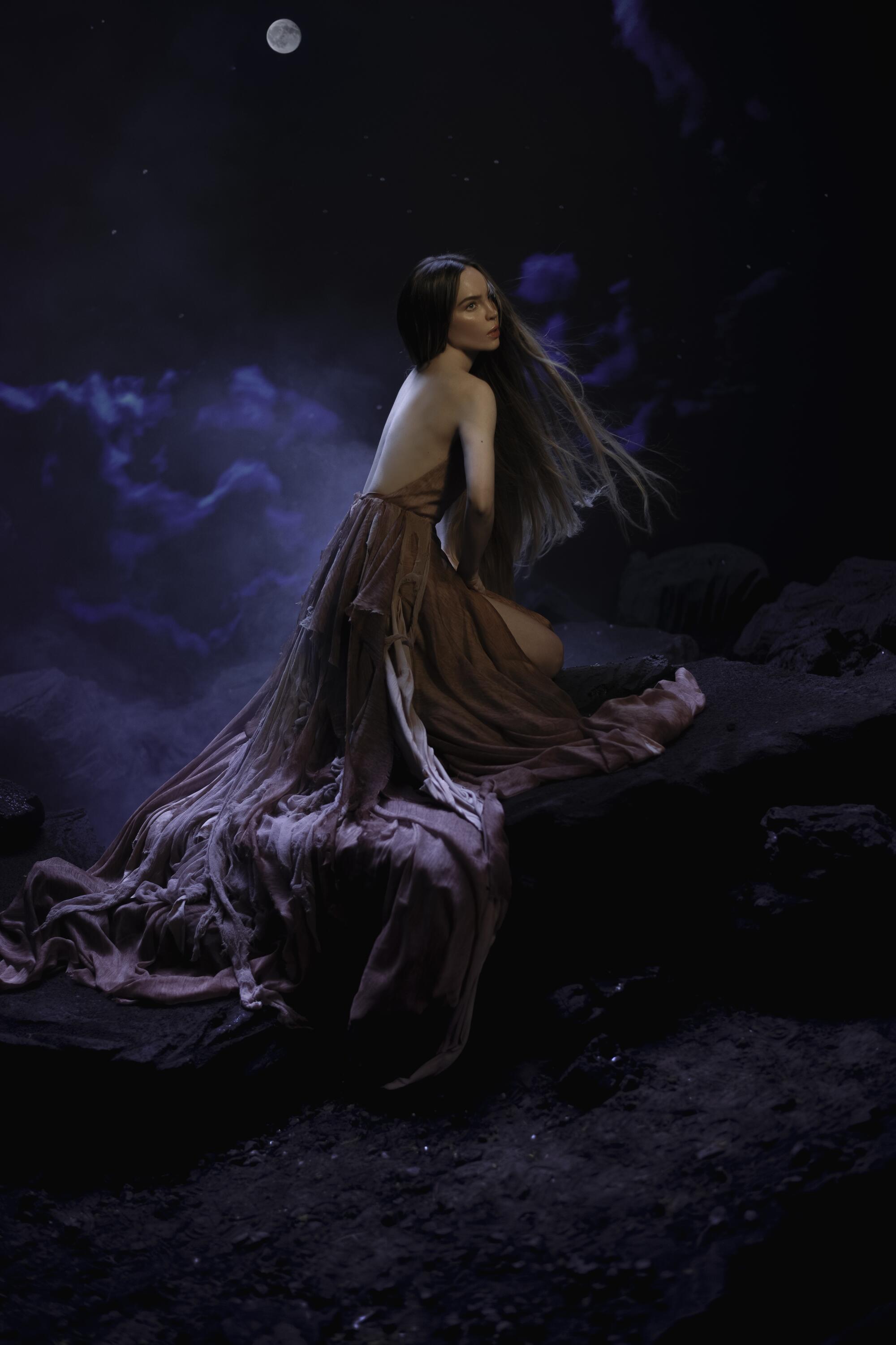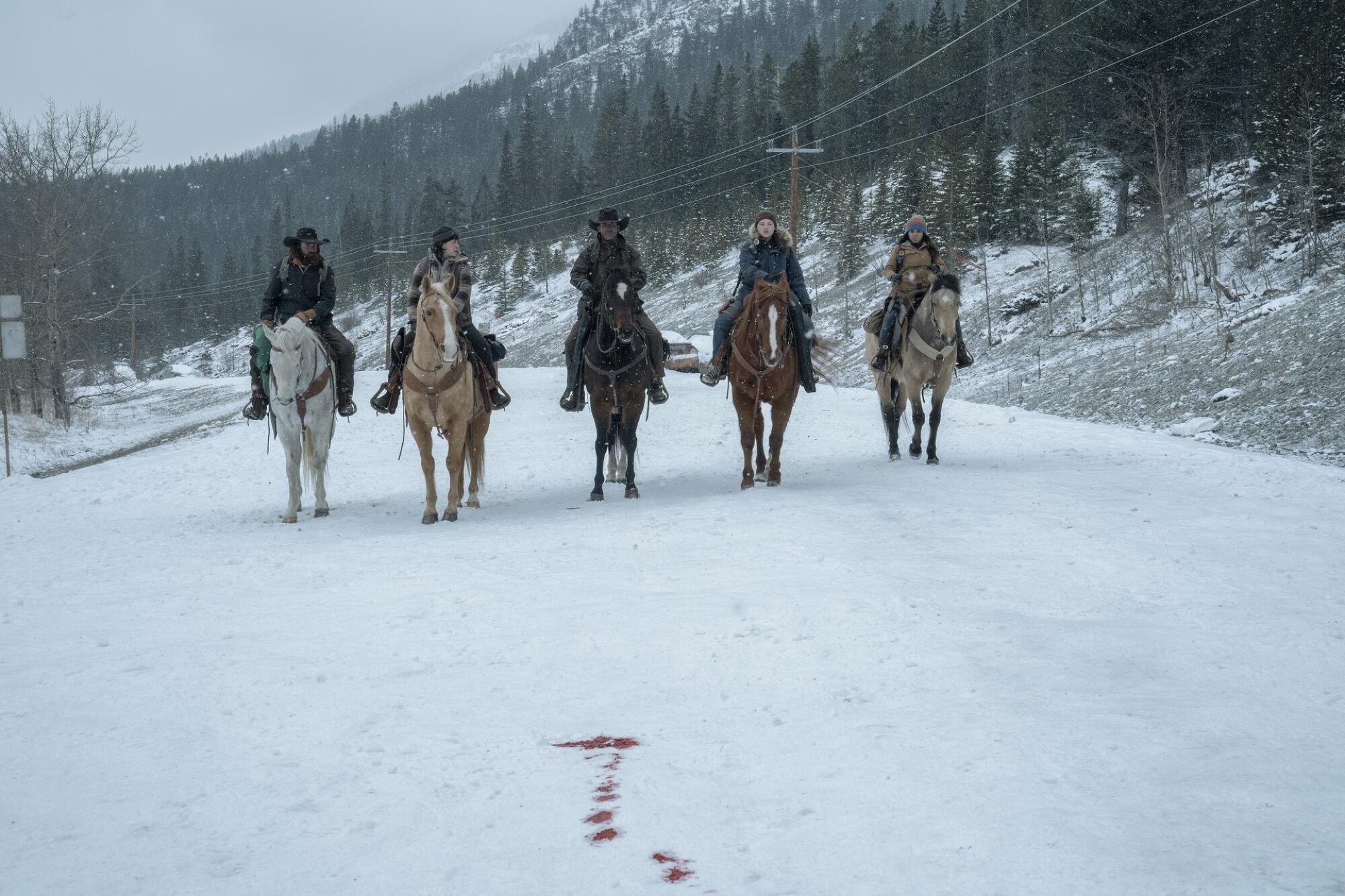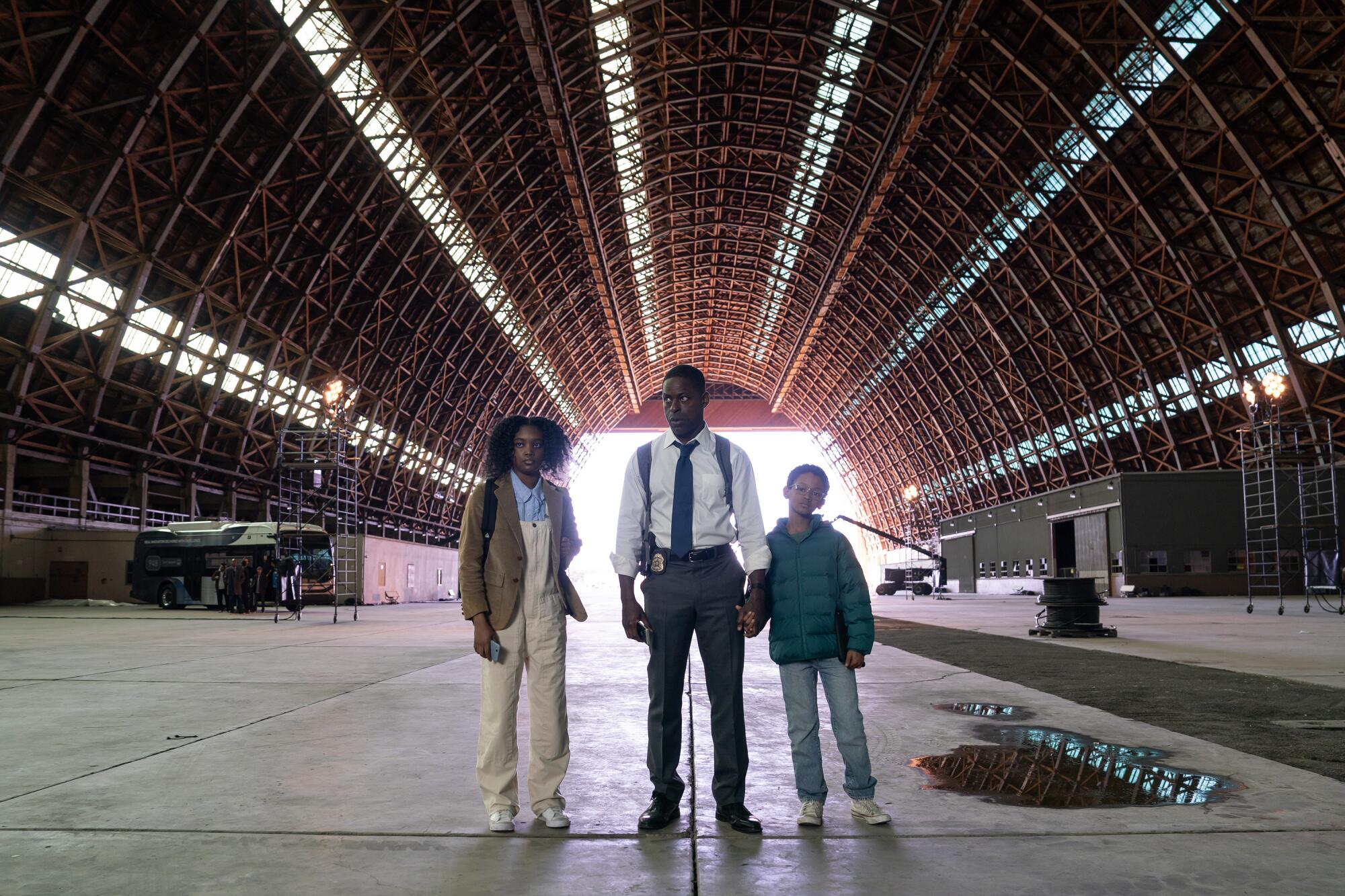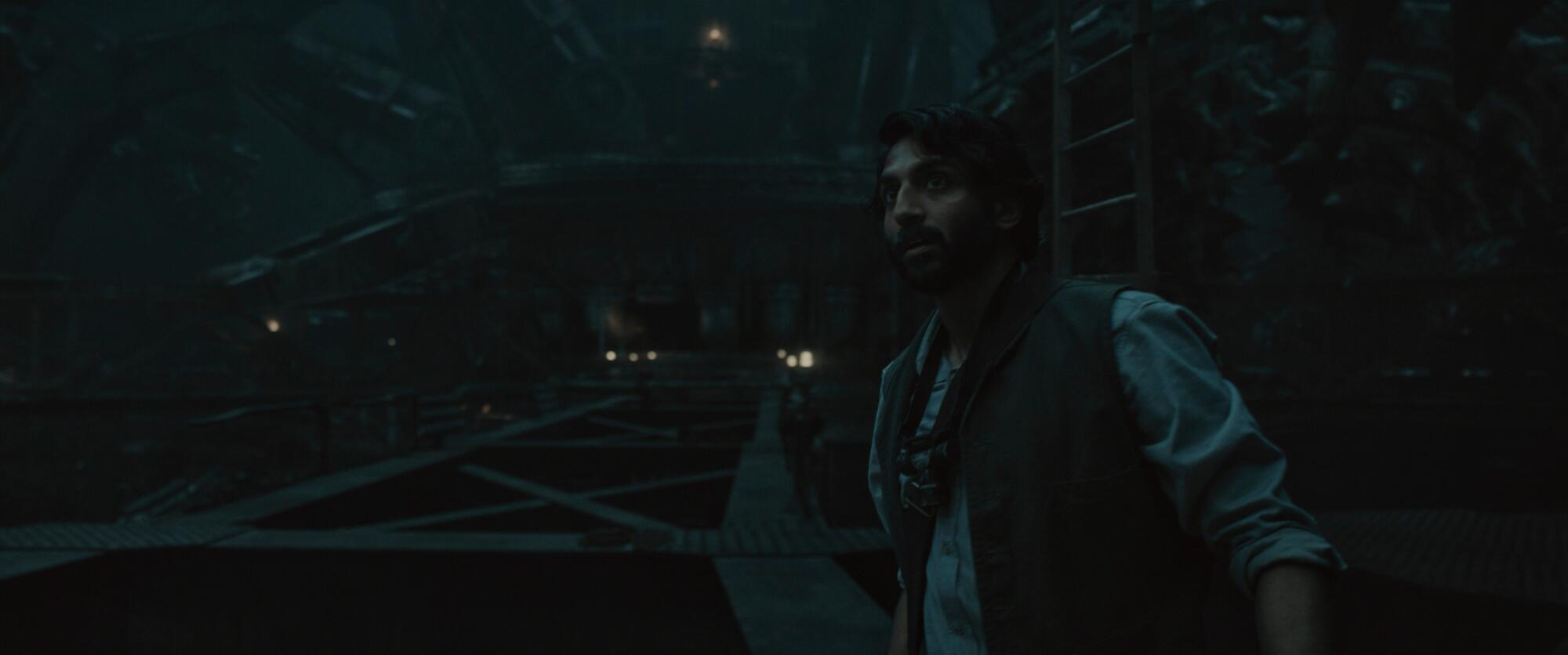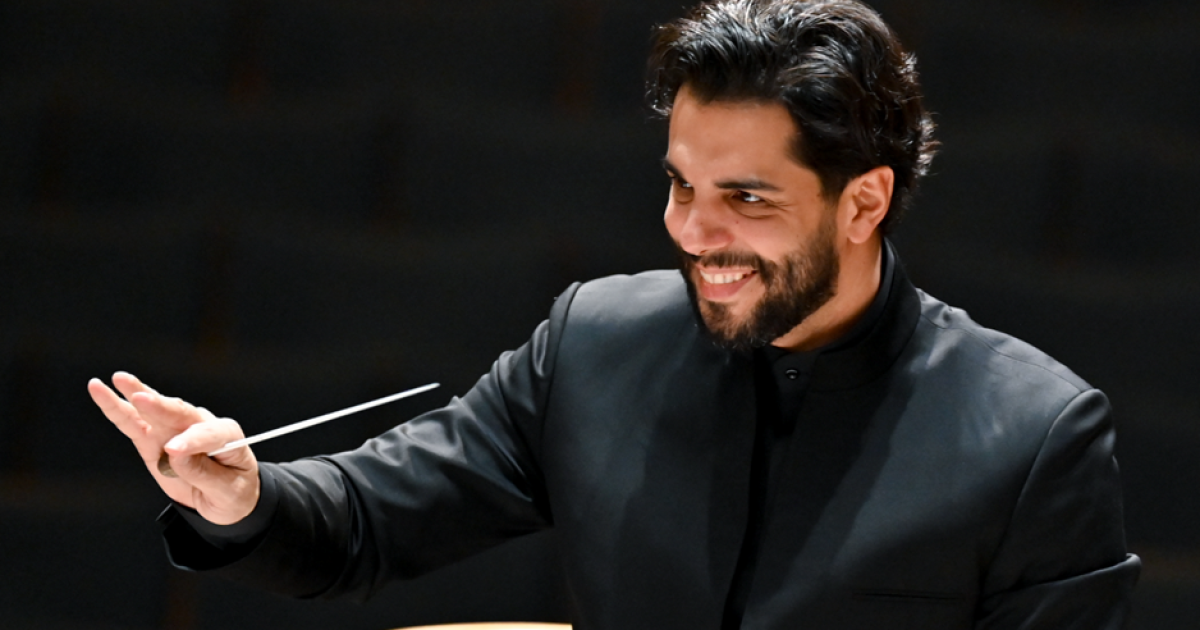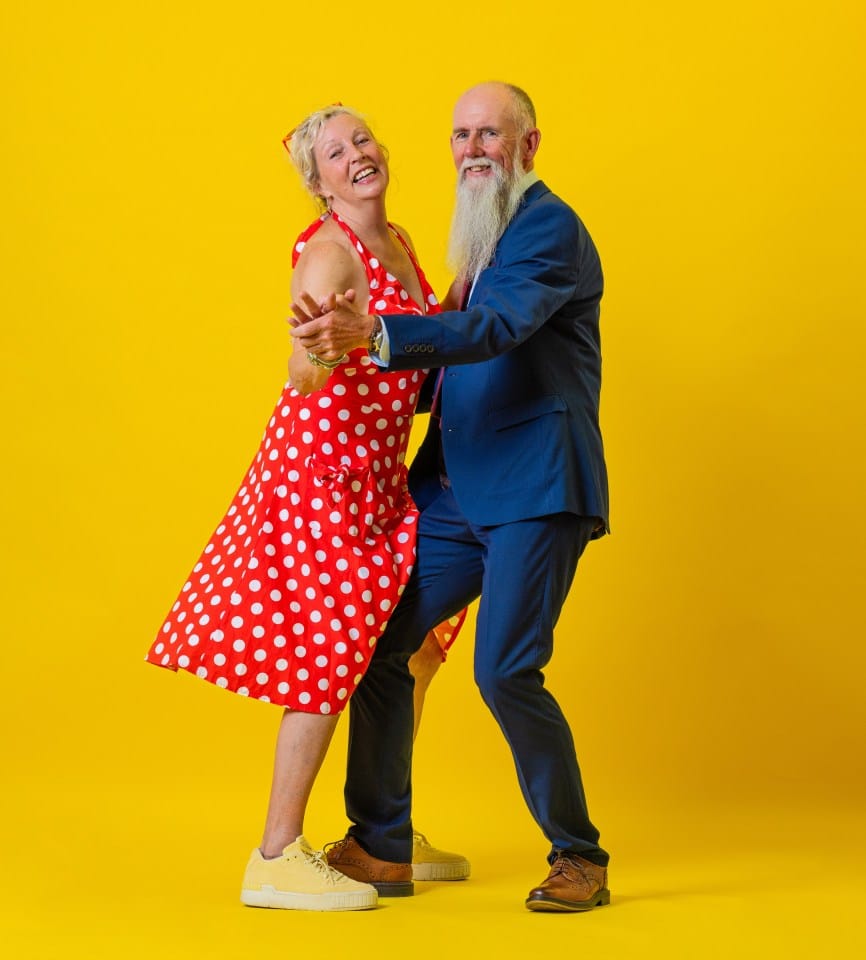Sabrina Claudio wants to evolve. She’s starting by letting people in
Sabrina Claudio is not the same person she was a year ago — much less eight years ago, when she first introduced herself with a shimmering neo-soul EP, titled “Confidently Lost.”
Now, having amassed millions of fans with sultry, golden-hour slow jams and trips down melancholy lane, she’s presenting her most earnest songwriting yet in her newest album, “Fall In Love With Her,” released June 9 on San Francisco indie label Empire.
“I think in the past couple years, people in my life that I love have helped me get out of my shell and shown me how important vulnerability is,” she says. “Now I’m like, you know what? I’m gonna tell y’all everything, how about that?”
For her fifth studio LP, Claudio steered her R&B sound into a less-traveled, alternative direction that showcases her deft pen and ethereal vocals in a novel guise. Her longtime producer, Ajay “Stint” Bhattacharyya, cited shoegaze bands like Cocteau Twins and Slowdive as influences that came up during recording sessions. For Claudio, wading into those uncharted waters became part of a larger shift in her career.
Until recently, the Cuban and Puerto Rican singer-songwriter — who in 2023, earned a Grammy for traditional R&B performance as a songwriter on Beyoncé’s slick “Renaissance” cut, “Plastic Off the Sofa” — preferred to toil in privacy, channeling her expression into songwriting more than social media. But this year, she’s inviting the outside world to experience her personality with a new interview series on YouTube titled “Fall In Love With…”
To hear her tell it, she’s eager for the effort to help fans and listeners see the person she is behind the music. “I hope that people can listen to [the album] knowing that, yes, [I’m singing about what] I experienced, but I just pray that they are able to interpret it and relate it to their own life however they possibly can,” she says.
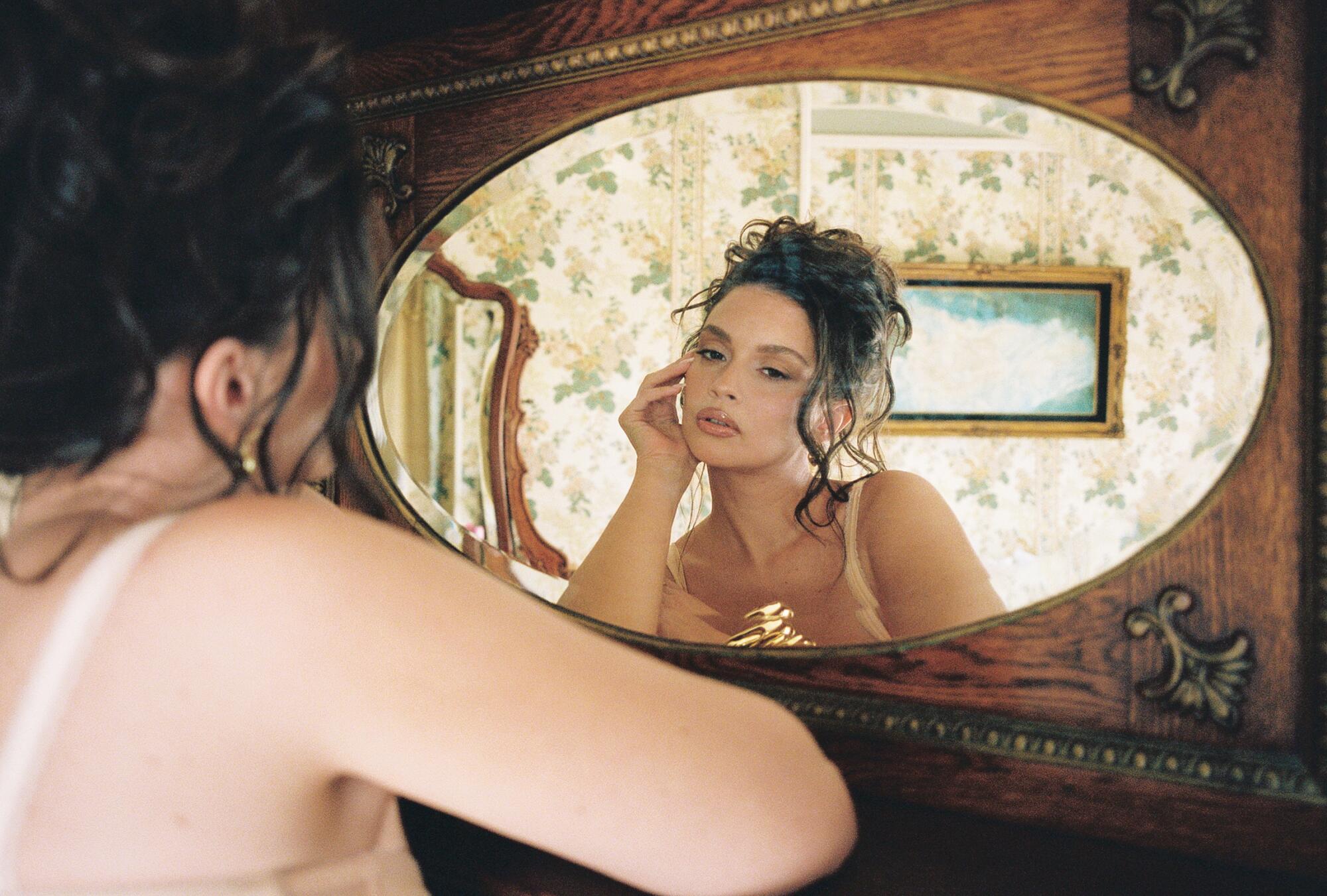
Sabrina Claudio presents her most earnest songwriting yet in her newest album, released June 9.
(Baylee Kiesselbach)
Come July, she’ll embark on a U.S. tour with rappers Russ and Big Sean; soon after, she’ll make her acting debut in a short film directed by filmmaker and best friend Jazmin Garcia-Larracuente, who was inspired by early drafts of songs off “Fall In Love With Her” to write a script. “I’m very proud of myself,” Claudio says. “I think I killed it, and I’m excited for everybody to see it.”
In her latest interview with The Times, she spoke of the intimacy required in songwriting with others, the possibility of an all-Spanish EP and her approach to storytelling.
This interview has been edited and condensed for length and clarity.
After releasing your last album, 2022’s “Based on a Feeling,” you focused on writing for other artists. Is that usually how it goes between albums for you?
Typically [after] I finish an album, I always go through the phase [when] I need to take a break because creatively I’m worn out. I wouldn’t do anything, which actually only emphasized the lack of motivation to continue and make more music. But this time around, I wanted to remain creative, and the best way to do that was to get in rooms with other creatives to help them get into their world, rather than always having to focus on mine.
I thought it was going to be difficult for me, because I’m not a natural collaborator. Before I was very anti-having songwriters in my room. It was a whole ego thing for me … but I loved it so much that I ended up doing it for much longer than I was anticipating. I find so much inspiration being in rooms with artists for other projects.
On this album you worked on some of the tracks with a songwriter, Nasri Atweh. I’m curious if there was hesitation to share your own process with someone else?
There was a time in my life when I [felt] obligated to have writers in my room. My guard was up. It’s not because I don’t think that these songwriters were amazing, because they were. Some of my favorite songs I wrote with another person, like “Problem With You” off [my album] “Truth Is.” But for some reason, my brain would say if I didn’t do it 100%, then it’s not mine. And that’s so not the reality of making art.
With Nasri, he’s my manager’s brother. I met Nasri 10 years ago. I’m glad that it happened when it did. Being the songwriter in the room for other people put things into perspective, because I realized how important collaboration was. Nasri was able to eject things from me that I didn’t even know existed. I’m on a different wavelength now.

Working with a songwriter is like an intimate therapy session.
I’m an extremely private person. I think the past couple years, people in my life have helped me to get out of my shell and have shown me how important vulnerability is. I didn’t even want to expose myself, which is why I tend to write from experiences that I technically didn’t experience, or from conversations with others, or movies. It was a protective layer. But now I’m like, you know what? I’m gonna tell y’all everything, how about that? [laughs] And it’s worked out!
You’ve said that when it comes to songwriting, you usually let yourself be led by the music, then the lyrics. Can you tell me more about “One Word” and how that track came to be? It’s one of the most powerful songs on the album.
I wrote that during a heartbreak. I wanted to talk about an experience I had with a person I felt very deeply for, [who] essentially didn’t fight for me to stay. But it was the biggest act of love that he could have done for me.
I worked with my producer Stint, [who] I work with all the time, and Heavy Mellow. He was heavy on this project, no pun intended. I was venting,; I was really heartbroken. I was finding comfort in these men that I’ve known and trying to get their perspective on things.
Another song is “Worse Than Me,” which sounds completely different from the rest of the tracks. It’s a little more assertive and seductive, with trip-hop-inspired drums. How did that come to be?
Before I discovered the new sound [of] the album, I still was gravitating towards my typical R&B, neo-soul-type vibes. I was just trying to get back in the groove of Sabrina Claudio, quote-unquote, because I was just coming out of writing for everybody else. I was trying to tap back into my own world.
And I think I needed one sassy song. [laughs] That’s kind of what I’m known for: the sass, the crying, or the sexy. And I just felt like if I didn’t have the sexy, I at least needed to have the sassy.
This is the first time you’ve really worked with a more alternative sound — did you find yourself accessing parts of yourself that the traditional R&B sound didn’t?
Oh, absolutely! I love working with Stint and all of my producers because they have such a wide palette when it comes to music. Genres I never grew up listening to — all these sounds are new. It pulls different things out of me that I wouldn’t be able to get if it was my traditional R&B sound. And naturally, I’m always going to do that because that’s just how I am, but it was interesting to hear where my R&B and soul brain goes over these more alternative rock/indie vibes.

“My fans are able to see who I am as a person and how deeply I love, how loyal I am,” Claudio said of her interview series, “Fall in Love With…”
(Baylee Kiesselbach)
For example, “Detoxing” — I wrote that song with Nasri, but we didn’t have the outro. So I took it to Stint, and he pulled up all these references of bands [like Radiohead], and he was teaching me so much. And then he [said], “You know what, at the end I want to do something really big and really rock. I want to break it down. But then I want people to be shocked. I want you to belt, and I want you to say something, and I want you to purge, and I want you to take the concept of the song and really just yell it like you’re just trying to get rid of something.” I listened back, and I’m even shocked at some of the things that I was able to tap into. I don’t belt! [laughs] I didn’t even know I could do that!

You have the song “Mi Luz” on the album, which is the first time you’ve included a Spanish song in an LP. What made you feel this was the right time to finally do that?
First of all, I don’t understand why I’ve never added a Spanish record to any of my albums. I listen to a lot of Spanish music in my daily life, a lot of reggaetón. You’d be surprised, my music is so calm and emotional … and then I’m twerking in my car listening to reggaetón. [laughs] So I felt in the sense of wanting to evolve, I feel now’s the time. And the process is really interesting, because my brain doesn’t actually think in Spanish, especially when it comes to songwriting.
Any Spanish record [of mine] you’ve heard, I’ve done with Alejandra Alberti, who is also Cuban. She’s from Miami, she’s a Virgo, so we connected on all those things. I tell her what I want to say, and she just computes it in her brain and she translates it in a way that has taught me. “Mi Luz” [was] the first time I contributed lyrically in Spanish. And it was always something that I was afraid of doing, because I’m always afraid of sounding dumb. I don’t know why, but I have that fear. But I felt very comfortable, very safe with Ale.
Would you release an EP of Spanish tracks?
I think I would! If I have Ale, I think we could probably knock out an EP very quickly. I’d be down.
You said in your recent Genius video that you really want reciprocal love because there’s only so much self-love you can give yourself. Is there any difference in your work depending on how your personal life is going, or do you manage to block out the noise?
I get very consumed by whatever I’m most passionate about in the moment. When I’m talking to somebody or I’m dating somebody, I do have the tendency to revolve my world around whatever we’re building. So when I’m dealing with that, I do find that I put my career second. Because I crave love very badly — which is toxic for me — I’m willing to nurture.
I’m pretty confident in my career. It’s the one thing I have control over. Everything’s amazing, and I get to make music whenever I want. But I don’t necessarily have control over the relationship that I’m trying to build, so I get very consumed and I put that first. But I’m hoping that if I get into something else that’s much healthier and not destroying our mental health, then I can do both at the same time! I just have to find that person first.

You’ve acknowledged that you’re a private artist, but I really like what I’ve seen so far from your new interview series, “Fall In Love With…” Can you tell me how the idea of doing that came about?
I have to say I was anti-miniseries, but my manager, Alyce, told me in the beginning stages of [making] this album, “The music, as vulnerable as it is — nobody’s going to relate to it or feel the depth of it if they don’t know who you are as a human.” She said, “Nobody knows that you’re funny; nobody knows that you’re outgoing. You’re not this mysterious person that you think you are, and you need to show people that.”
So at first, it annoyed me, because I was like, ugh, not me having to do things online. [laughs] I think doing this type of content was uncomfortable for me. I said, “If you guys want me to do this, I don’t want to be doing 20 episodes. I want four episodes, and I want it to be with people I know and I love and I will be comfortable with.”
And it turned into “Fall In Love With…” and I just thought it was special. I love to give credit to the people who have loved me through every stage of my life. And in the midst of it, my fans are able to see who I am as a person and how deeply I love, how loyal I am. And that opened the door to just so many other things. I just became so much more open-minded.
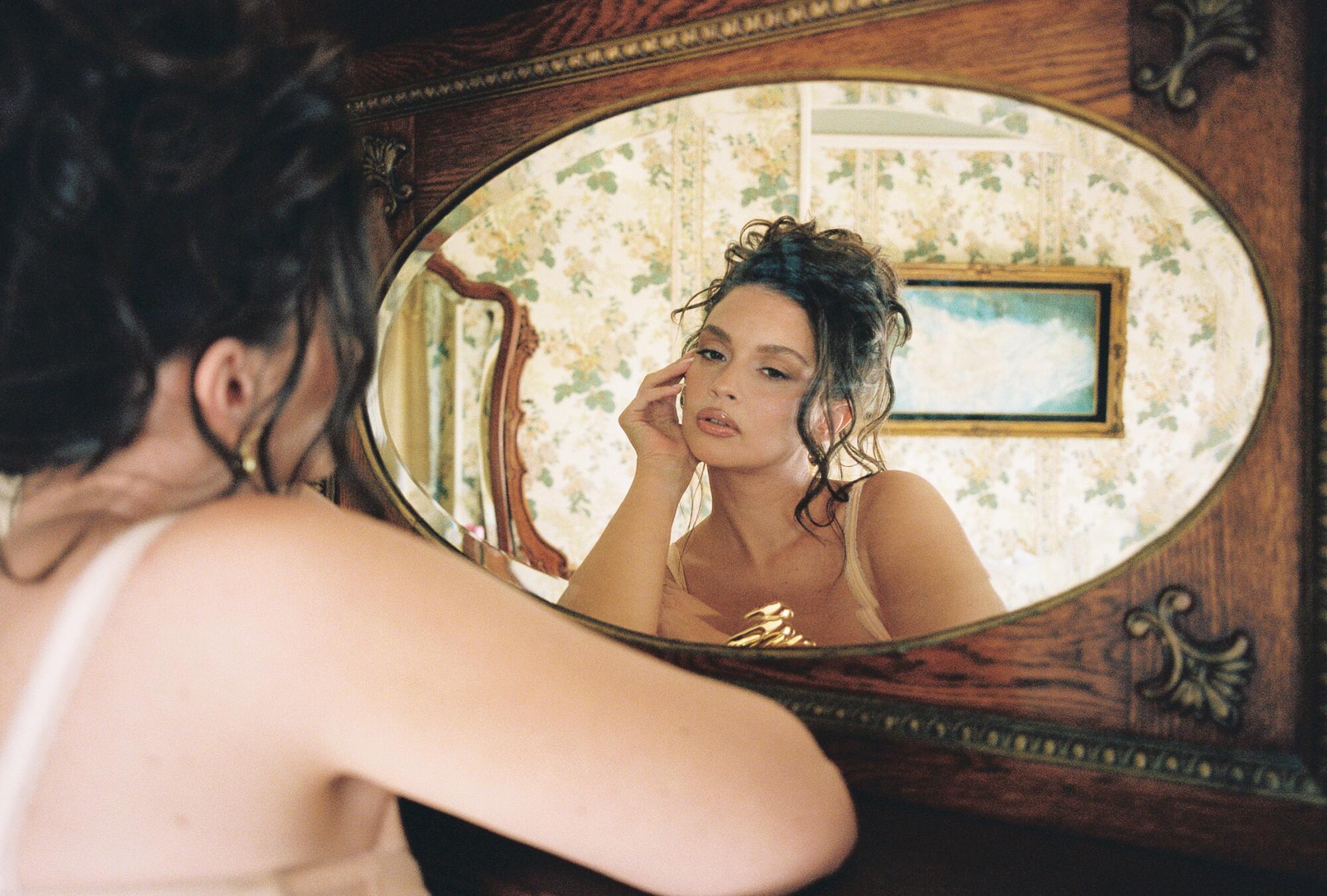


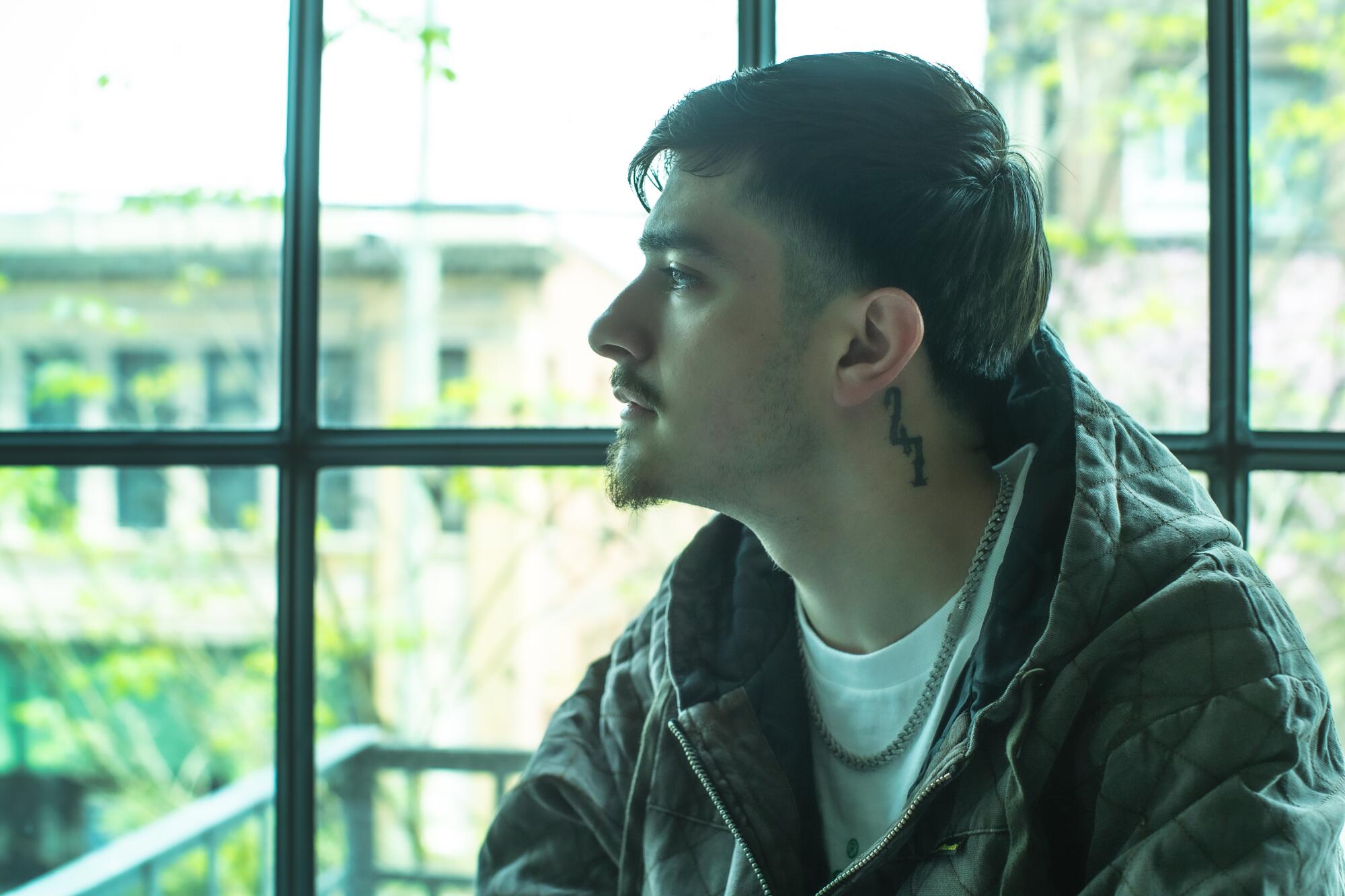

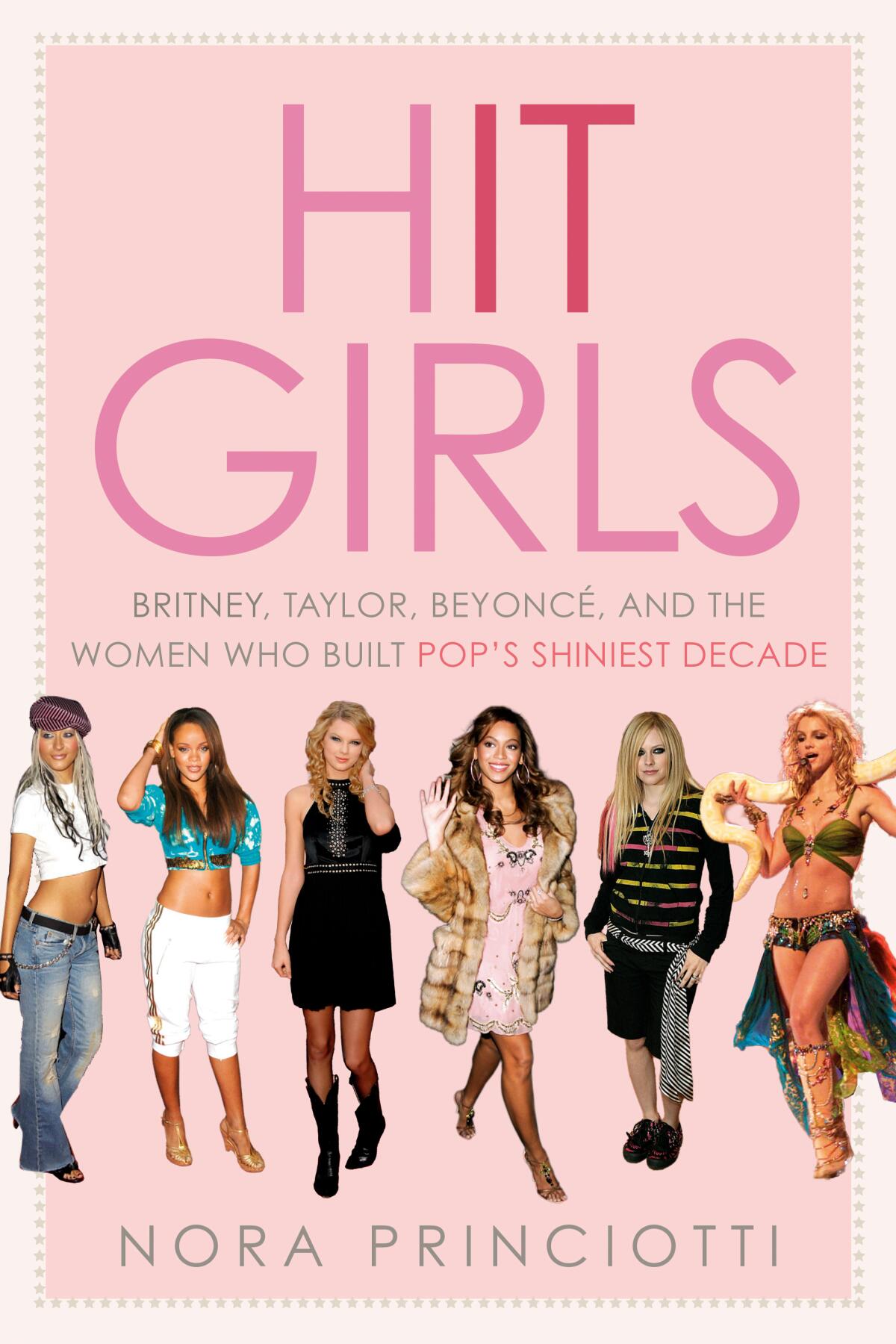

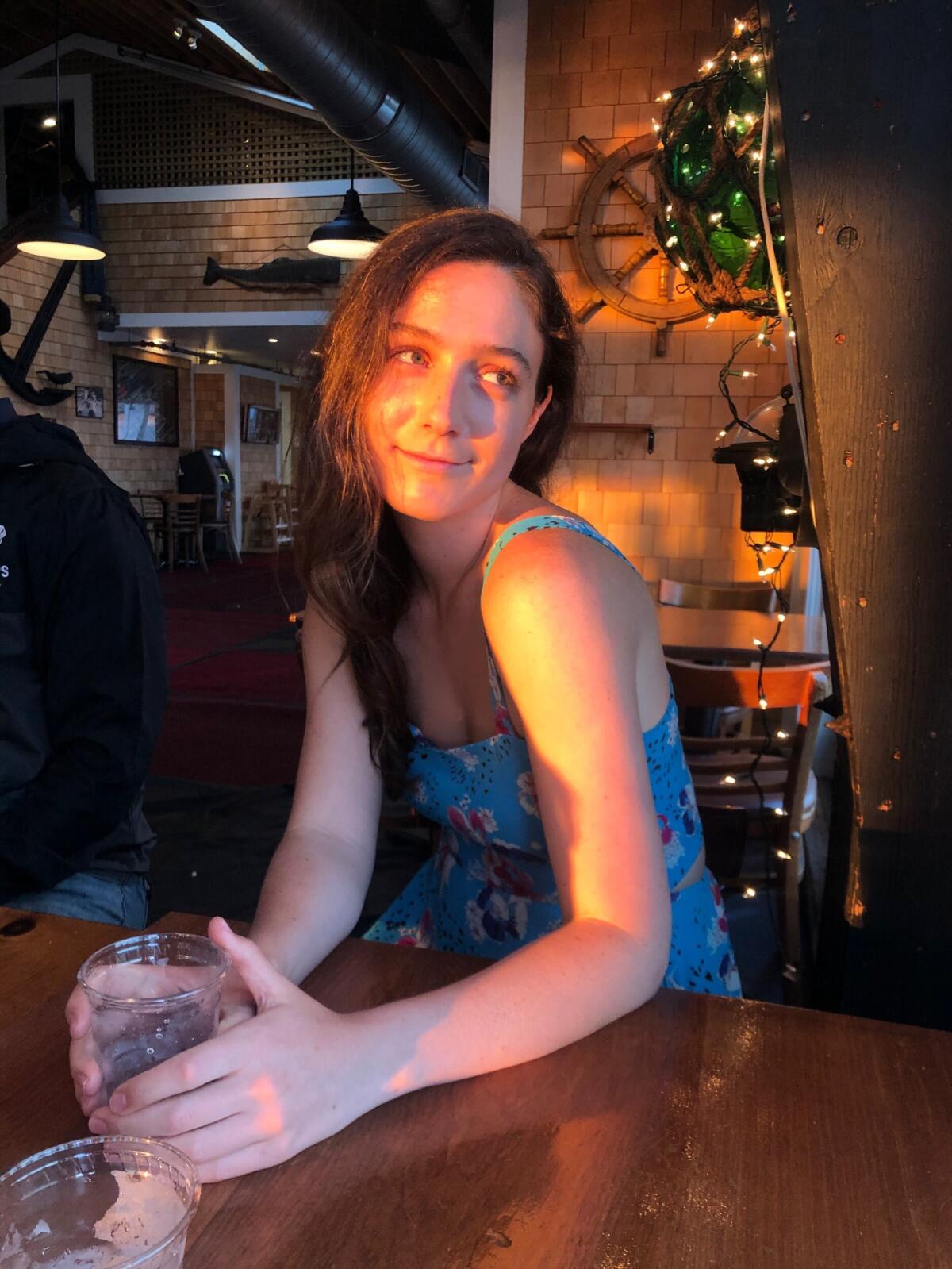
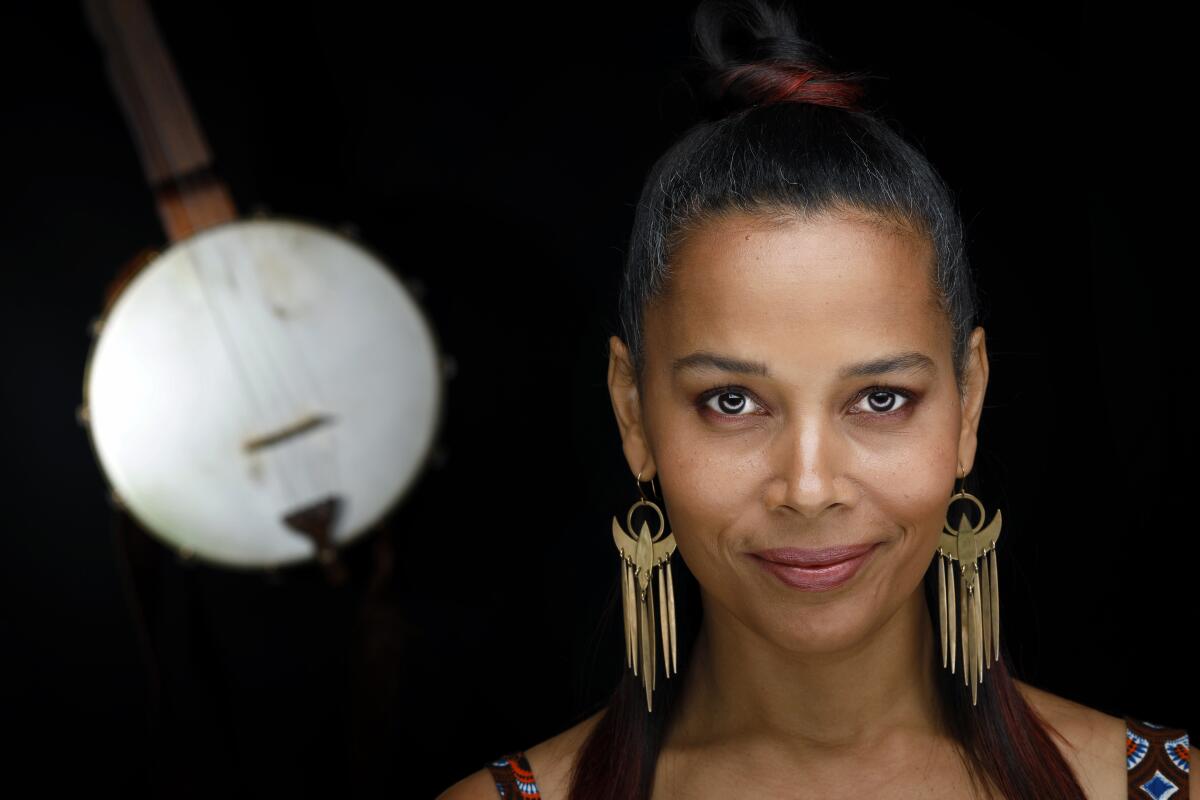
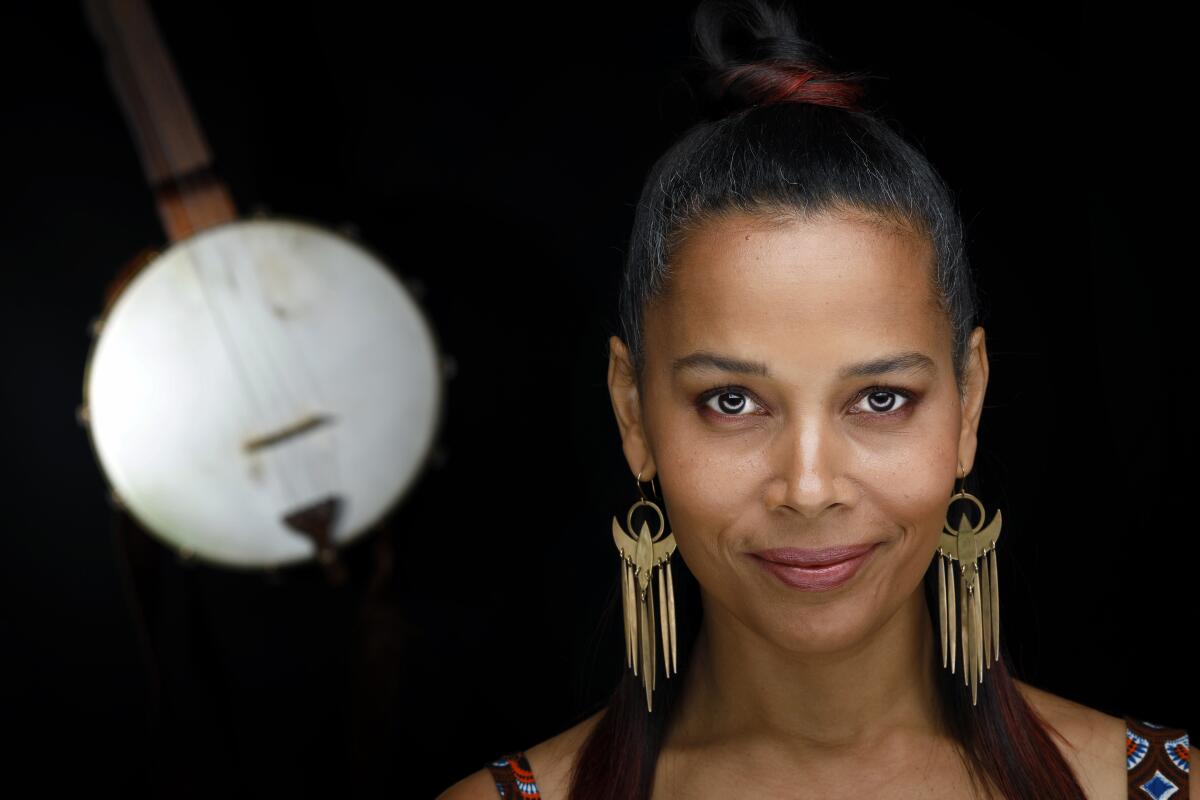

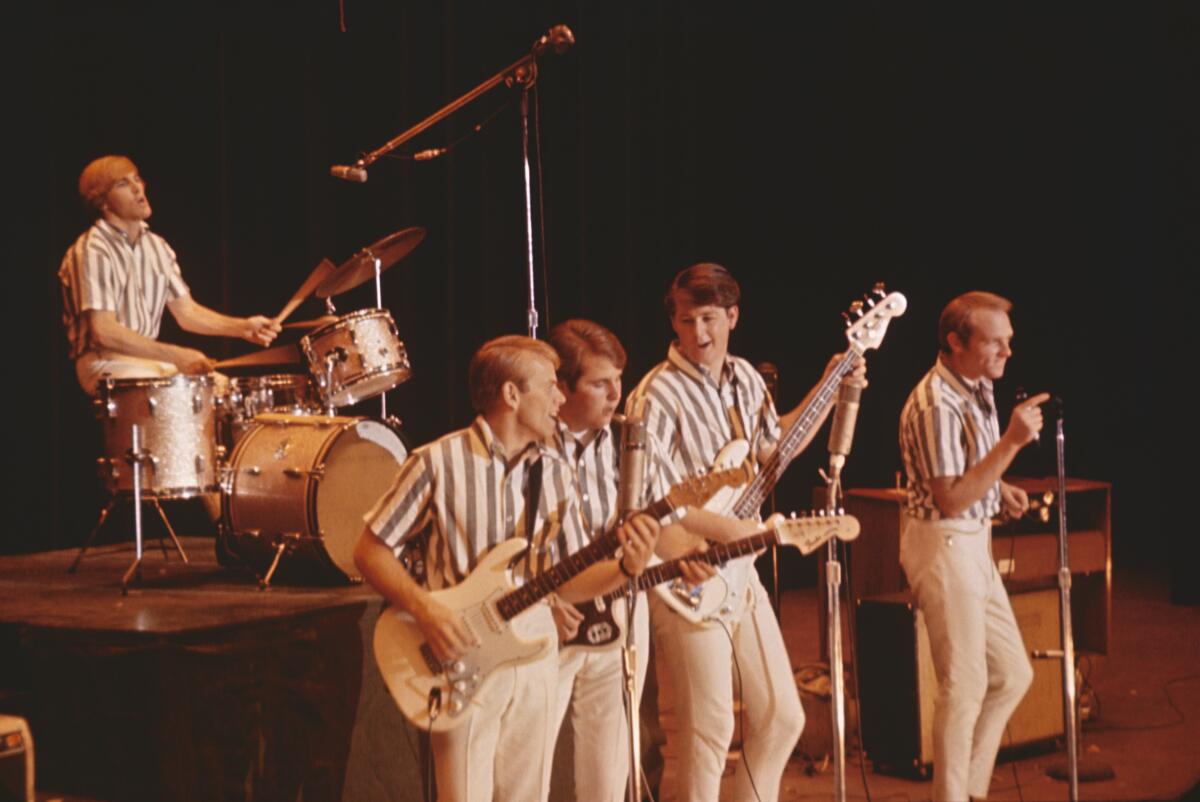
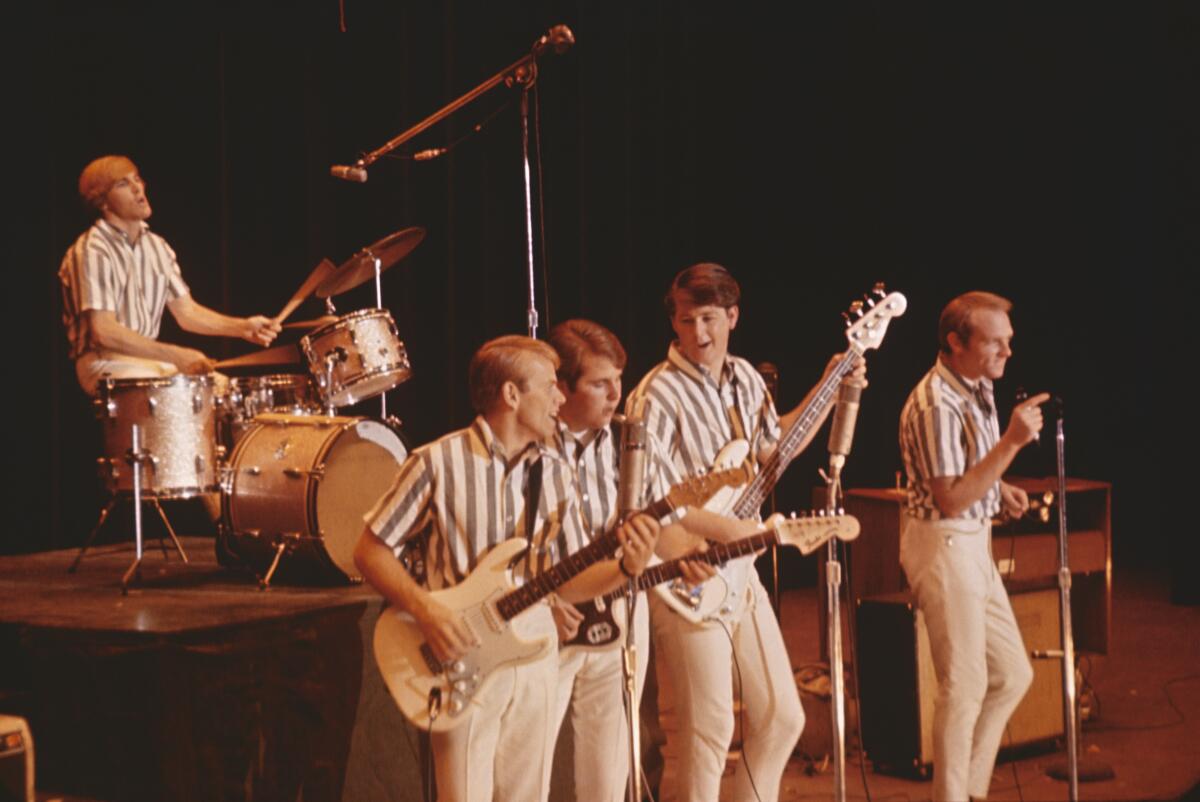



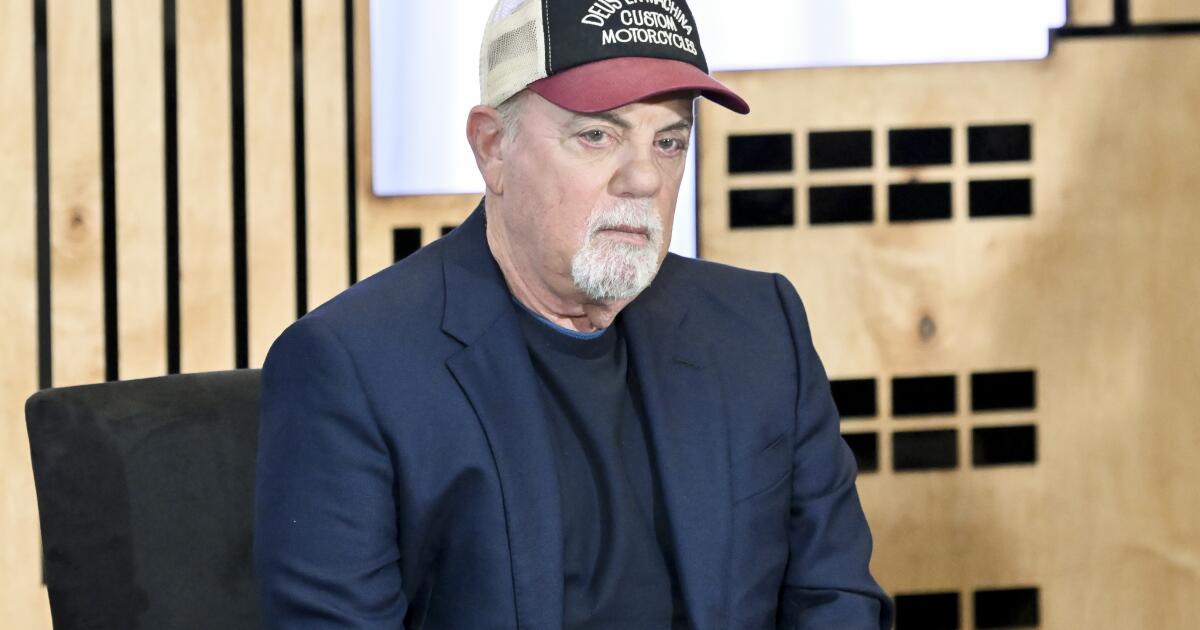

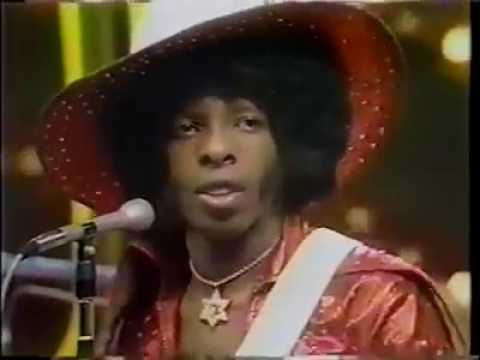
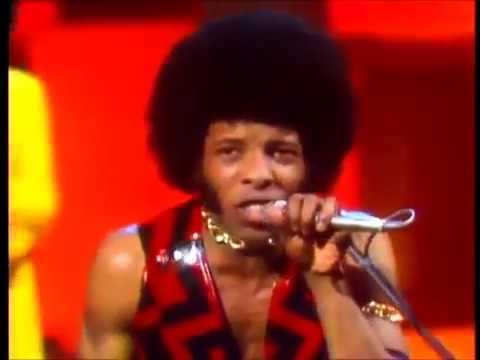


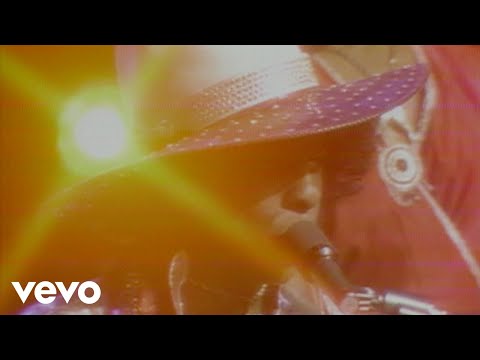
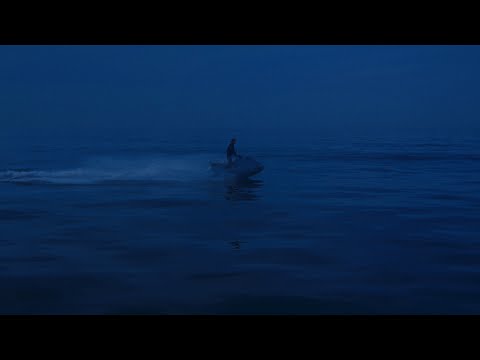
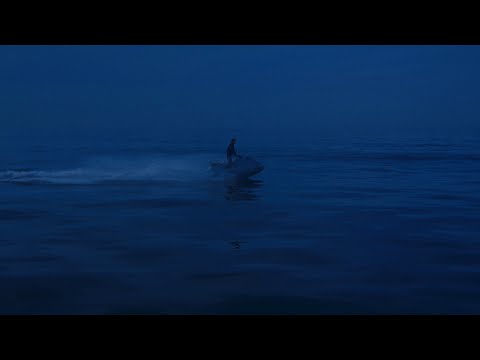
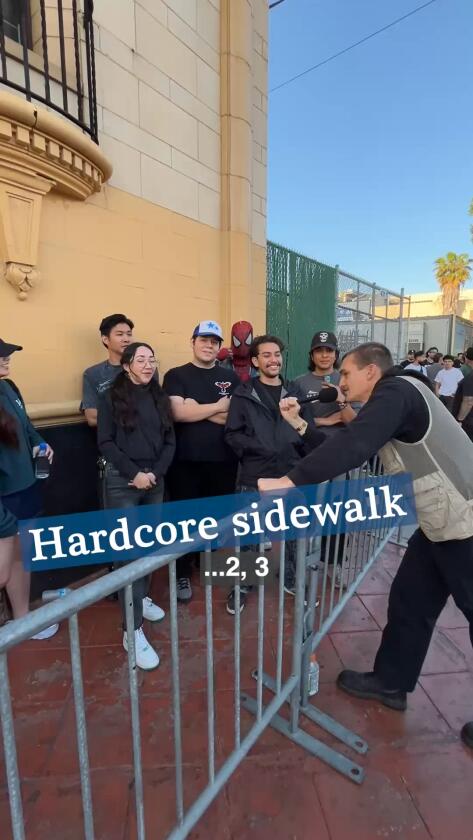


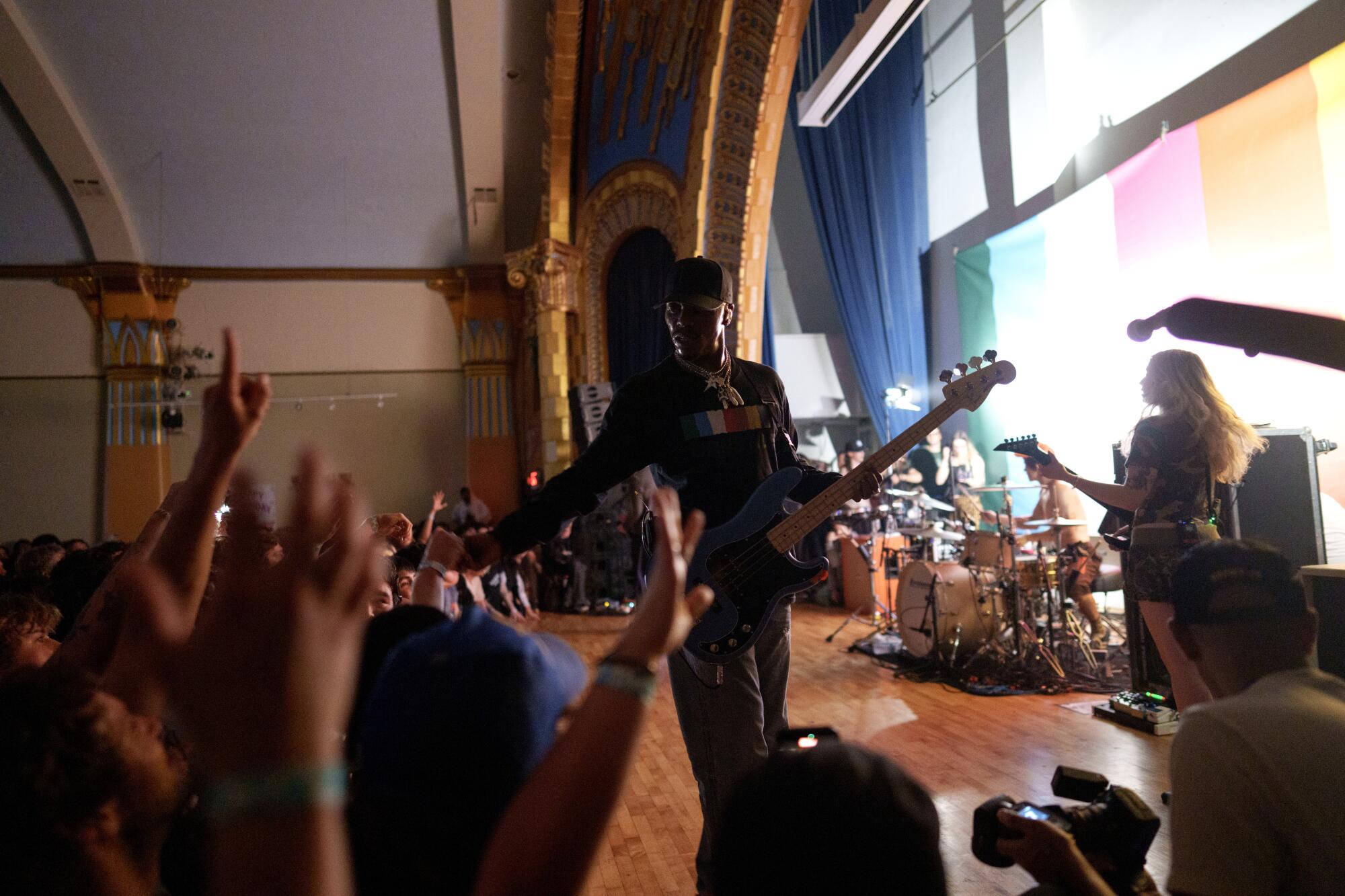
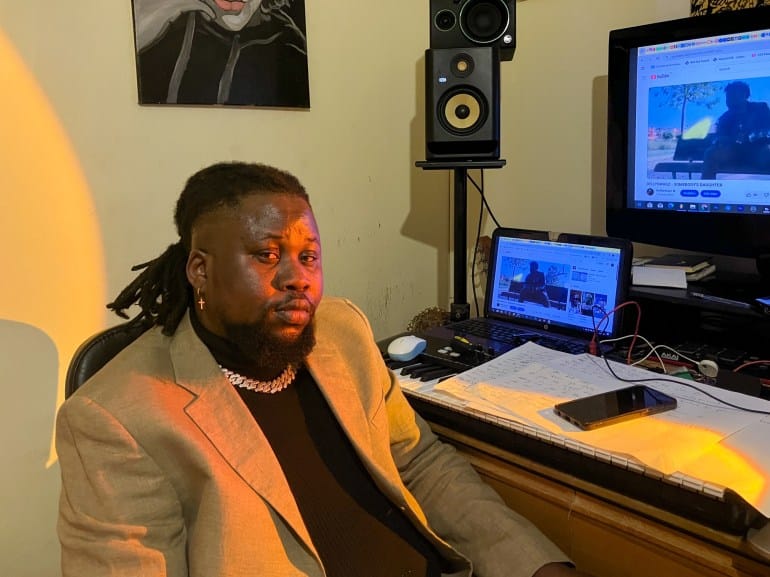

![Prince’s lyrics are personal and often have to do with overcoming pain, trying to be successful and live the “good life.” [Michela Moscufo/Al Jazeera]](https://www.occasionaldigest.com/wp-content/uploads/2025/06/IMG_5788-2-1748242592.jpg)



